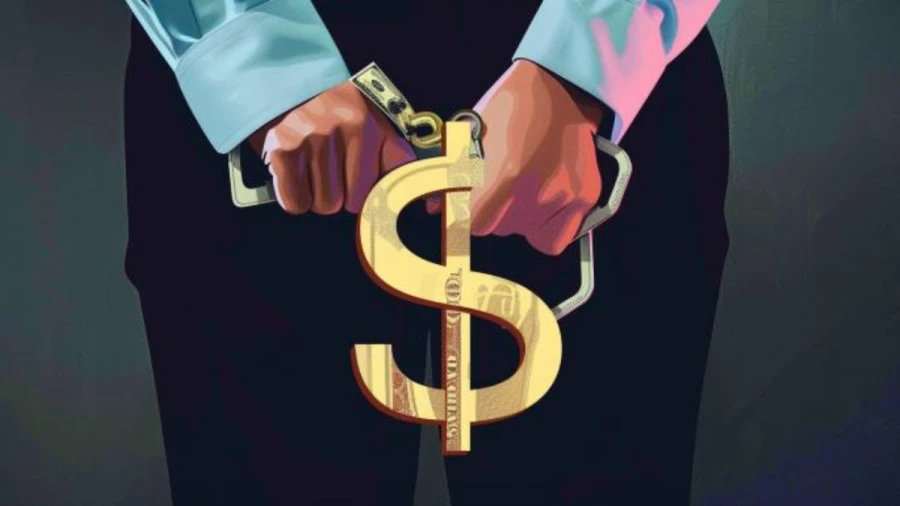
What Does a High Times Interest Earned Ratio Signify?
Times Interest Earned is used to measure the firm's or company’s ability to service its debt, and a higher TIE ratio means the company can pay off its debt.
by Damodharan N
Published Apr 03, 2024 | Updated Apr 03, 2024 | 📖 3 min read
What Does a High Times Interest Earned Ratio Signify?
In the world of business, companies are assessed using metrics to find out whether they have the potential to be a possible place of investment. One such tool is the Times Interest Earned ratio.
It is a financial tool to assess the interest payment capacity of their debt that the company can cover within that financial year if there is an unforeseen or Black Swan event like war, a natural calamity, or a financial breakdown.
This ratio is calculated using a formula that we will discuss in the upcoming topic. But if the Times Interest Earned Ratio is higher than 2.5, then the company is in a good financial position and able to tackle that oncoming financial tussle, possibly avoiding solvency.
If a company has a times-interest-earned ratio lower than 2.5, then the company is not in a good financial position, is unable to recover from that financial tussle, and has a much greater chance of going bankrupt and being declared insolvent.
So in terms of a higher times-interest-earned ratio, it is good for a company that can cover the interest payments on its debt and still have the capital to run its daily operations. And avoid insolvency.
What is the Times Interest Earned Ratio?
The times-interest-earned ratio is also known as the solvency ratio. This ratio is used to measure the company's financial capability to repay its interest payments on its debt. Some companies raise capital by selling their debt.
Utility companies like electric transmission firms are highly essential for consumers, so they have consistent amounts earned every quarter, so they will sell their debts to raise capital. They are sure to have enough of the times interest earned ratio to cover those costs.
This times interest-earned ratio is a tool that is used by companies to restructure their debt packages, improve their earnings, and pay off debts early.
Calculation of the Times Interest Earned Ratio
The times interest-earned ratio (TIE) is calculated using the formula
Annual Earnings of the Company - Interest and Taxes/Debt Interest Expenditure
This might also Earnings before interest and taxes/debt obligations
Take the example of a company with $1 million in annual earnings minus interest and taxes and 10% in debt.
To calculate the TIE ratio,
- Earnings before interest and taxes are $1,000,000.
- The debt obligation is 10% of its earnings, which is $100,000.
- The Times Interest Earned Ratio (TIE): 1,000,000 / 100,000 = 10.
So the company's times-interest-earned ratio is 10, and the company can cover 10 times the debt or interest payment obligations.
Where is the Times Interest Earned Ratio used?
The interest-earned ratio is mostly used in the world of finances to assess a company's strong finances.
But this tool can also be misunderstood, as most of the big companies that have consistent earnings for the quarter will have large debts as they don't have to spend their earnings on paying debts; instead, they will repackage their debts to raise capital by showcasing the higher Times Interest Earned Ratio.
Companies and investors use this for a short-term period only, not for the long term. To assess the companies' long-term financial strength, there is a more popular and comprehensive tool which is EBITDA (earnings before interest, taxes, depreciation, and amortization). This is used to assess the company's net profitability and its net income..
What Does a High Times Interest Earned Ratio Signify - FAQs
1. What is the Times Interest Earned Ratio?
The times-interest-earned ratio is the ability of the company to pay of its debt obligations.
2. What is the High Times Interest Earned Ratio?
The High Times Interest Earned Ratio indicates that the company is able to cover its debt.
3. What is the TIE Formula?
The TIE formula is earnings before interest and taxes divided by debt obligations.
4. What is the ideal TIE ratio?
There is no ideal TIE ratio; instead, for each industry, this ratio may change, but a good rule of thumb should be above 2.5.
5. Why is the TIE Ratio called the solvency Ratio?
The TIE ratio is used to measure a firm's or company’s finances and its ability to pay its debt; that's why it is called the solvency ratio.




